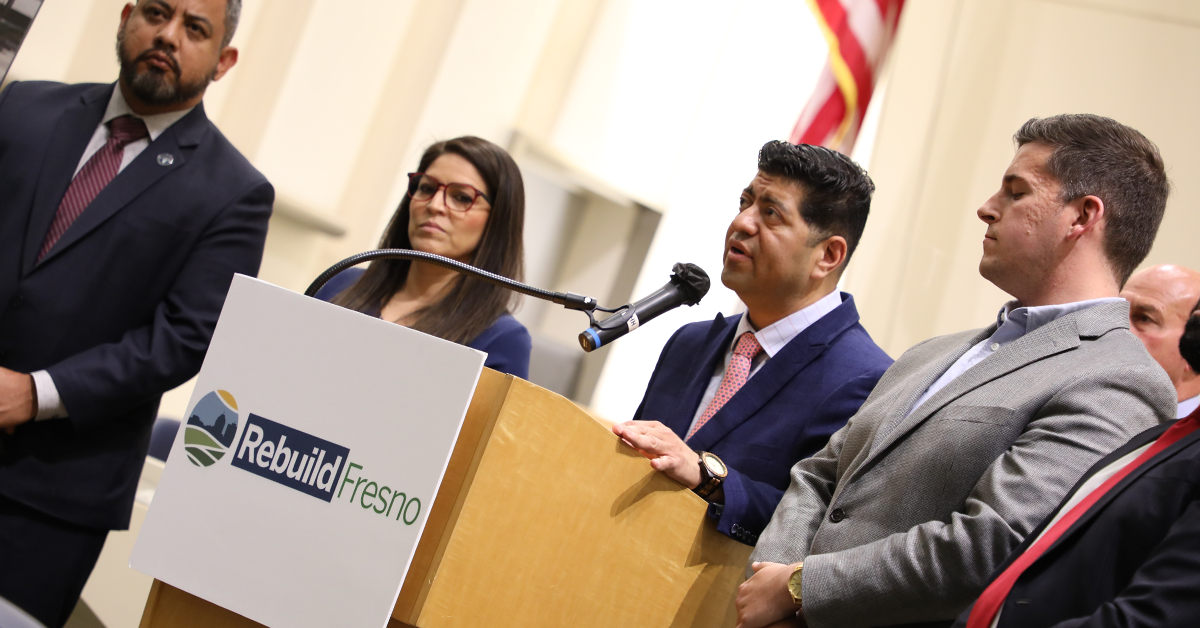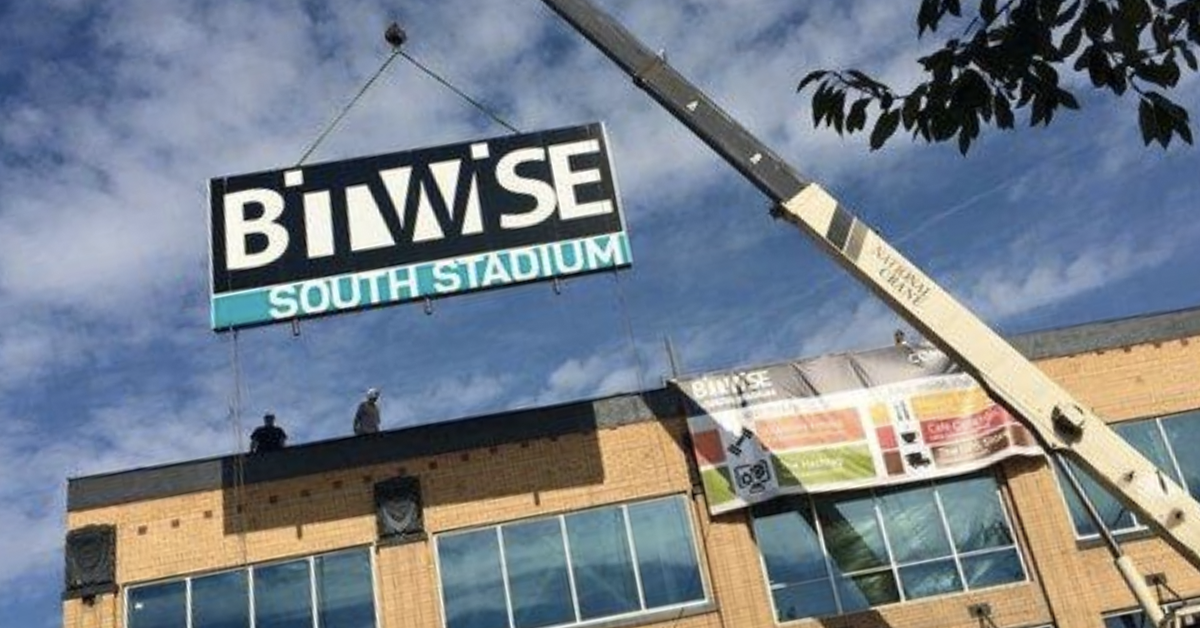In the early 20th Century, the invention of plastics revolutionized modern life, spawned entirely unheard of businesses, and expanded access to affordable goods for millions of Americans. From an item as simple as a comb to more sophisticated products like camera film and automobiles, plastics technology evolved quickly into the building blocks of the essential, everyday products that help us all live easier and more productive lives.
However, as plastics uses have become more varied, it’s important to remember we have a responsibility to minimize waste.
Although plastic today takes all shapes and sizes, we are still only beginning to take advantage of what we can do with these materials. As we continue to find new, innovative uses for plastics we are also learning more about the second and even third lives that our plastic products can lead. The mechanical recycling process that we’re all familiar with, separating water bottles and milk jugs into our blue bins, is recycling 1.0 and will continue to be an essential process for diverting plastic waste.
But now, emerging technologies in Advanced Recycling — think of it as recycling 2.0 — are expanding our ability to reuse plastic products. By using safe, proven methods, advanced recycling technologies increase the varieties and amount of plastic that can be recycled. With these new techniques, plastic makers can break down more of the everyday products we use, into gas or liquid raw materials that can be reused and remade into brand-new plastic. This re-formed plastic can then be used in virtually any plastic product or packaging. Today, thousands of yards of artificial turf, made of specialty plastics, cover front yards and football stadiums right here in the Central Valley.
Unfortunately, California lags behind other states in creating a framework for expanding this game-changing process. Twenty states now have laws to attract investments in advanced recycling. As a result, states like Texas are outpacing California in bringing these manufacturing facilities, and their associated jobs, to our communities. With support from Governor Newsom and our state legislature, advanced recycling could be a strong part of addressing plastic waste in California.
Californians deserve a healthy economy that more efficiently re-uses the products it produces. It simply doesn’t make sense to throw things away when we have the ability to transform them into something new. Advanced recycling has several important benefits that will improve our environment and the quality of life for everyone in California.
Even today, about 90% of plastics still aren’t recycled. The State of California estimates that more than 12,000 tons of plastic end up in our state’s landfills every day. That’s almost the same weight as the Brooklyn Bridge. Advanced recycling offers a way to divert more of these items away from landfills into recycling centers.
Advanced recycling can also be an important tool for reducing greenhouse gas emissions. It can reduce the need for new fossil energy while reducing carbon dioxide emissions compared to landfilling. With advanced recycling, manufacturing facilities can be partners in helping the world reach its emission reduction goals.
Additionally, advanced recycling facilities create thousands of jobs for skilled workers and would contribute billions of dollars in direct and indirect economic output to communities. California can’t afford to lose these economic engines to other states. Nationally, the advanced recycling industry has announced more than 40 projects—with a value of over $7 billion—that could divert nearly 17 billion pounds of plastic waste from landfills each year. Shouldn’t some of that investment benefit Californians?
As it is for many other environmental technologies, California has the know-how, the workforce, and the resources to make a profound contribution toward our nation’s future by expanding advanced recycling. We can preserve our natural resources and the beauty of the Golden State by reusing more of the essential plastic products in our homes and businesses right now.











